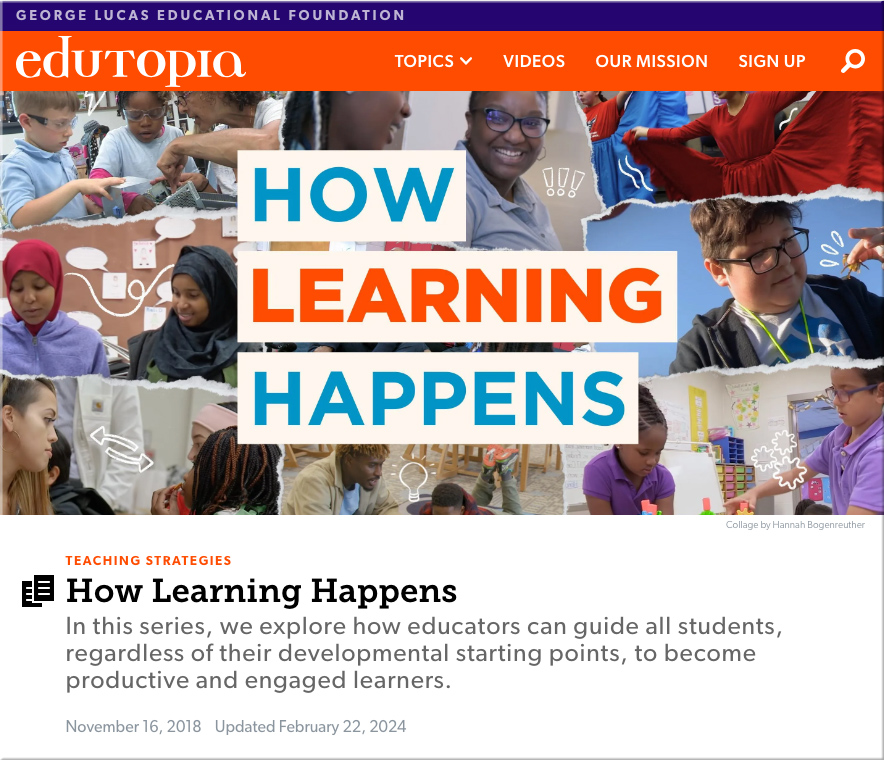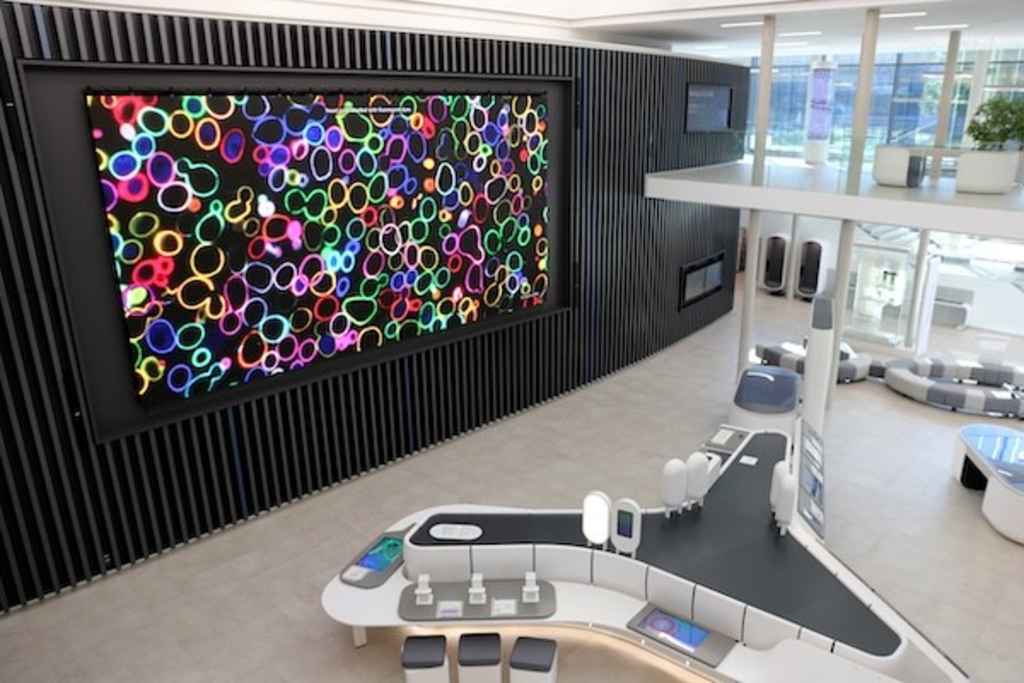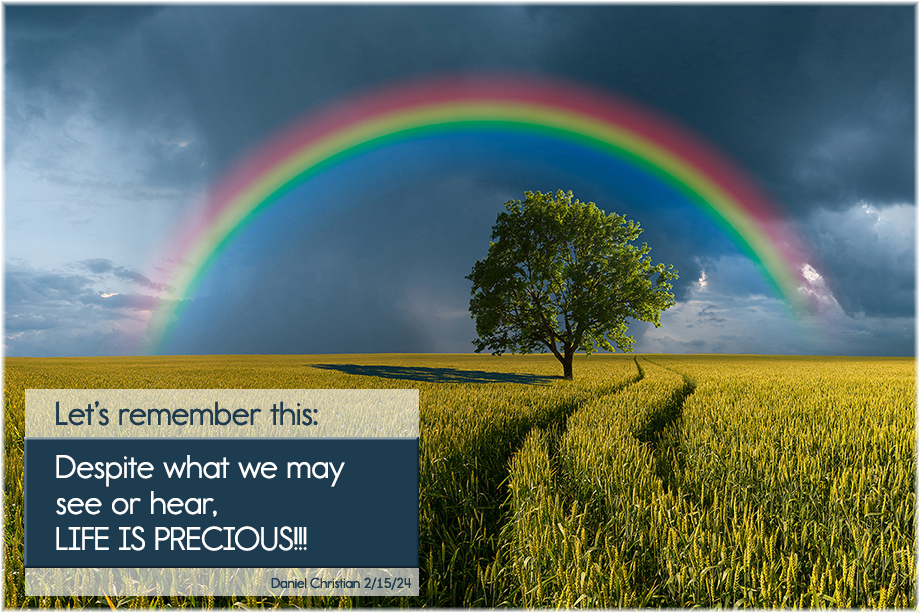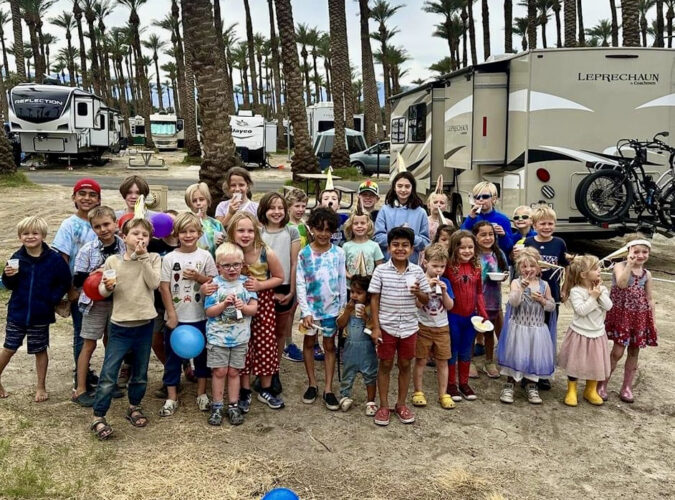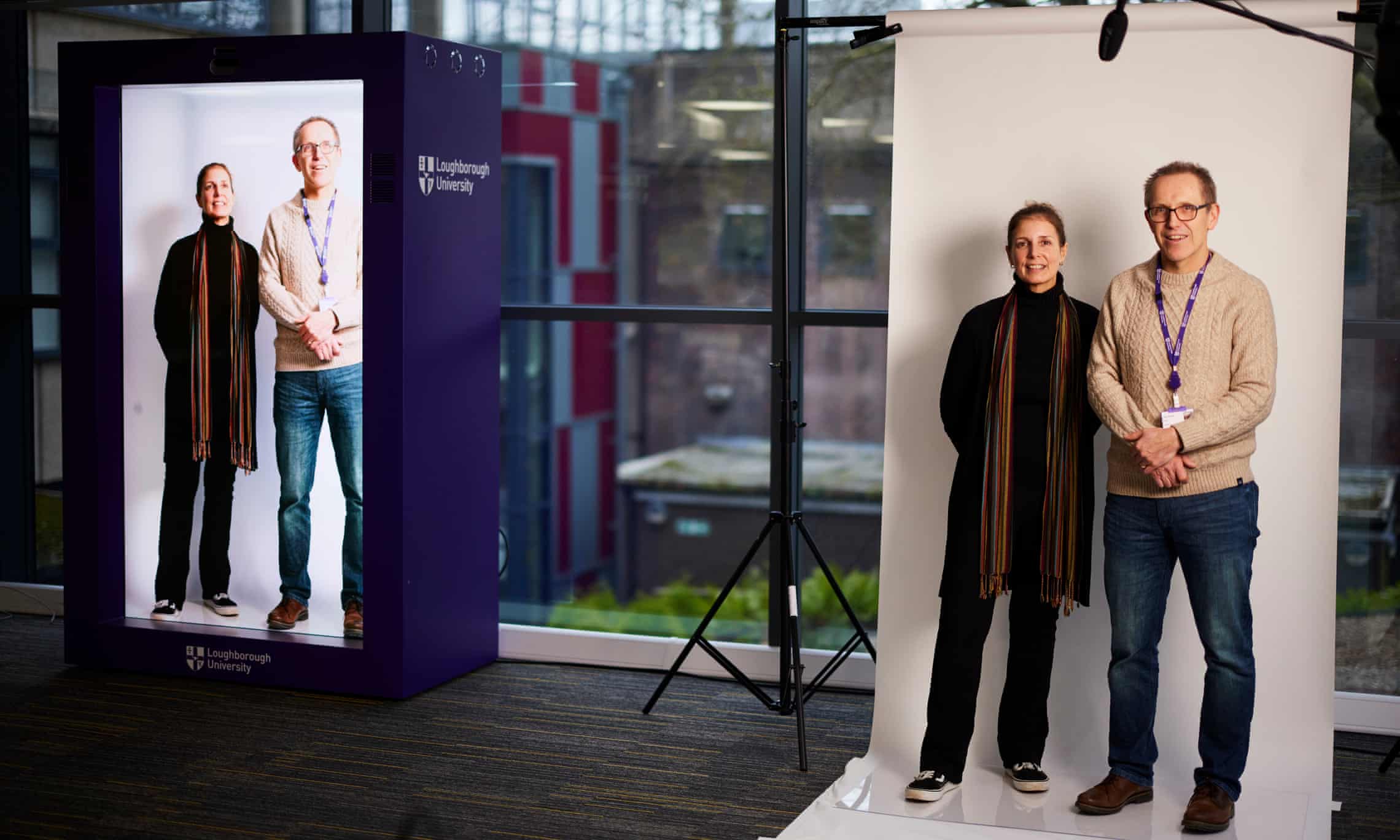This week in 5 numbers: Another faith-based college plans to close — from by Natalie Schwartz
We’re rounding up some of our top recent stories, from Notre Dame College’s planned closure to Valparaiso’s potential academic cuts.
BY THE NUMBERS
- 1,444
The number of students who were enrolled at Notre Dame College in fall 2022, down 37% from 2014. The Roman Catholic college recently said it would close after the spring term, citing declining enrollment, along with rising costs and significant debt. - 28
The number of academic programs that Valparaiso University may eliminate. Eric Johnson, the Indiana institution’s provost, said it offers too many majors, minors and graduate degrees in relation to its enrollment.
…
A couple of other items re: higher education that caught my eye were:
Universities Expect to Use More Tech in Future Classrooms—but Don’t Know How — from insidehighered.com by Lauren Coffey
University administrators see the need to implement education technology in their classrooms but are at a loss regarding how to do so, according to a new report.
The College Innovation Network released its first CIN Administrator EdTech survey today, which revealed that more than half (53 percent) of the 214 administrators surveyed do not feel extremely confident in choosing effective ed-tech products for their institutions.
“While administrators are excited about offering new ed-tech tools, they are lacking knowledge and data to help them make informed decisions that benefit students and faculty,” Omid Fotuhi, director of learning and innovation at WGU Labs, which funds the network, said in a statement.
From DSC:
I always appreciated our cross-disciplinary team at Calvin (then College). As we looked at enhancing our learning spaces, we had input from the Teaching & Learning Group, IT, A/V, the academic side of the house, and facilities. It was definitely a team-based approach. (As I think about it, it would have been helpful to have more channels for student feedback as well.)
Optionality. In my keynote, I pointed out that the academic calendar and credit hour in higher ed are like “shelf space” on the old television schedule that has been upended by streaming. In much the same way, we need similar optionality to meet the challenges of higher ed right now: in how students access learning (in-person, hybrid, online) to credentials (certificates, degrees) to how those experiences stack together for lifelong learning.
Culture in institutions. The common thread throughout the conference was how the culture of institutions (both universities and governments) need to change so our structures and practices can evolve. Too many people in higher ed right now are employing a scarcity mindset and seeing every change as a zero-sum game. If you’re not happy about the present, as many attendees suggested you’re not going to be excited about the future.









![Teachers are the least empowered, most[-]disrespected, stressed and burned-out of all professions in the U.S. IMAGED CREATED BY DALL-E FOR BRANDON BUSTEED](https://imageio-forbes-com.cdn.ampproject.org/i/s/imageio.forbes.com/specials-images/imageserve/65d8b0ac957e1304a58aea38/Teacher/960x0.png?height=711&width=711&fit=bounds)

